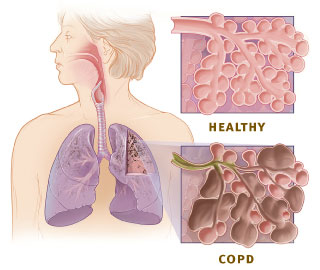It is difficult to kill viruses those infect, in contrast to bacterial infection. Many viruses escape the body defense mechanism by fooling the defense agents. The viruses quickly change their targeted spots to evade killer cells and antibodies in the body. For this reason a vaccine may not work for long time and needs to be prepared anew to target the modified virus.
 dsRNA Virus Replication Scheme
dsRNA Virus Replication Scheme
Todd H. Rider*, Christina E. Zook, Tara L. Boettcher, Scott T. Wick, Jennifer S. Pancoast and Benjamin D.Zusman of Lincoln Laboratory, Massachusetts Institute of Technology, Lexington, Massachusetts, United States of America have recently come up with a newer way to attack all most any virus including the tougher ones like HIV; published in PLOSONE Journal online.
They call is DRACO an acronym for Double Stranded RNA Activated Caspase Oligomerizer that selectively programs death of cells containing virus and rapidly kills those without harming uninfected cells. They have shown it to be effective at least in 15 different viruses, including dengue flavivirus, Amapari and Tacaribe arenaviruses, Guama bunyavirus, and H1N1 influenza.
The virus can either be made up of DNA (DeoxyRibose Nucleic Acid) or RNA (Ribose Nucleic Acid), those are combination of sugar and protein.
Once viruses enter the cells of body, those try to attach themselves to the DNA material of the host cell for their replication.
Once successful, when natural defense can not contain the virus effectively; those replicate in huge numbers and come out killing the host cell. Like this those spread in body infecting new cells.
The virus adopt very unique way to replicate itself by forming what is called a double stranded RNA (dsRNA), which is long enough, that try to assemble units required for constitution of a new virus. These long dsRNA are only present in the virus infected cells.
The researchers prepared a structure what is termed as chimeric protein by combining 2 to 3 proteins, called as DRACO. This one is delivered to body via another protein that works as a carrier. These detect and attach to the dsRNA of virus by one end, while the other end signals for the death of cell technically called programmed apoptosis. The uninfected calls remain unaffected.
The research community is very much enthused with the results of this therapy and hope a break through in treatment of many tougher virus diseases.
Todd H. Rider*, Christina E. Zook, Tara L. Boettcher, Scott T. Wick, Jennifer S. Pancoast and Benjamin D.Zusman of Lincoln Laboratory, Massachusetts Institute of Technology, Lexington, Massachusetts, United States of America have recently come up with a newer way to attack all most any virus including the tougher ones like HIV; published in PLOSONE Journal online.
They call is DRACO an acronym for Double Stranded RNA Activated Caspase Oligomerizer that selectively programs death of cells containing virus and rapidly kills those without harming uninfected cells. They have shown it to be effective at least in 15 different viruses, including dengue flavivirus, Amapari and Tacaribe arenaviruses, Guama bunyavirus, and H1N1 influenza.
The virus can either be made up of DNA (DeoxyRibose Nucleic Acid) or RNA (Ribose Nucleic Acid), those are combination of sugar and protein.
Once viruses enter the cells of body, those try to attach themselves to the DNA material of the host cell for their replication.
Once successful, when natural defense can not contain the virus effectively; those replicate in huge numbers and come out killing the host cell. Like this those spread in body infecting new cells.
The virus adopt very unique way to replicate itself by forming what is called a double stranded RNA (dsRNA), which is long enough, that try to assemble units required for constitution of a new virus. These long dsRNA are only present in the virus infected cells.
The researchers prepared a structure what is termed as chimeric protein by combining 2 to 3 proteins, called as DRACO. This one is delivered to body via another protein that works as a carrier. These detect and attach to the dsRNA of virus by one end, while the other end signals for the death of cell technically called programmed apoptosis. The uninfected calls remain unaffected.
The research community is very much enthused with the results of this therapy and hope a break through in treatment of many tougher virus diseases.
...
Click here to Subscribe news feed from "Clinicianonnet; so that you do not miss out anything that can be valuable to you !!
...






